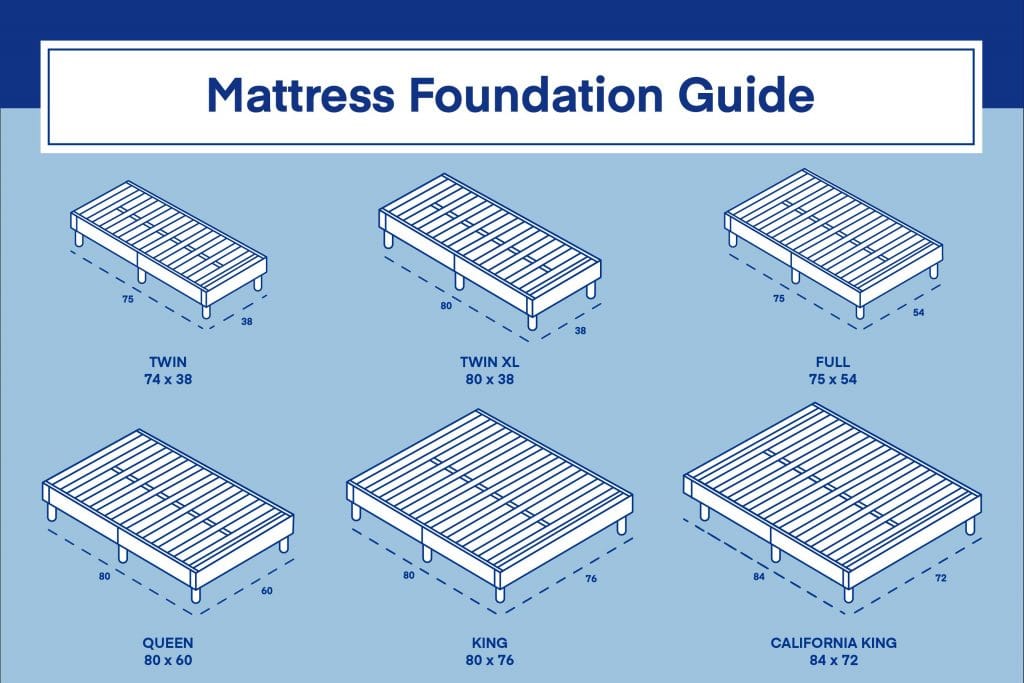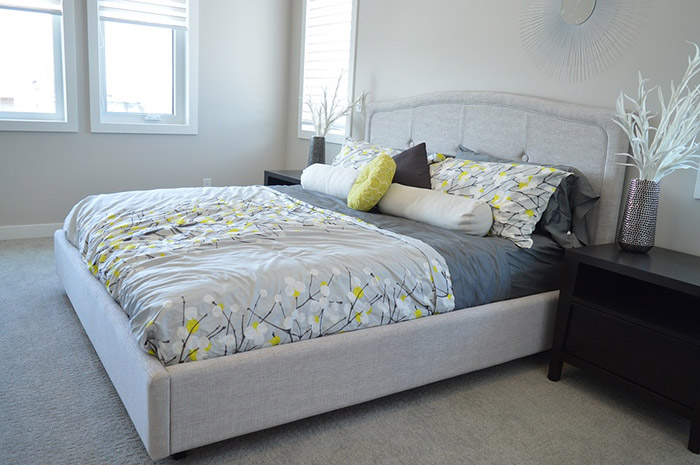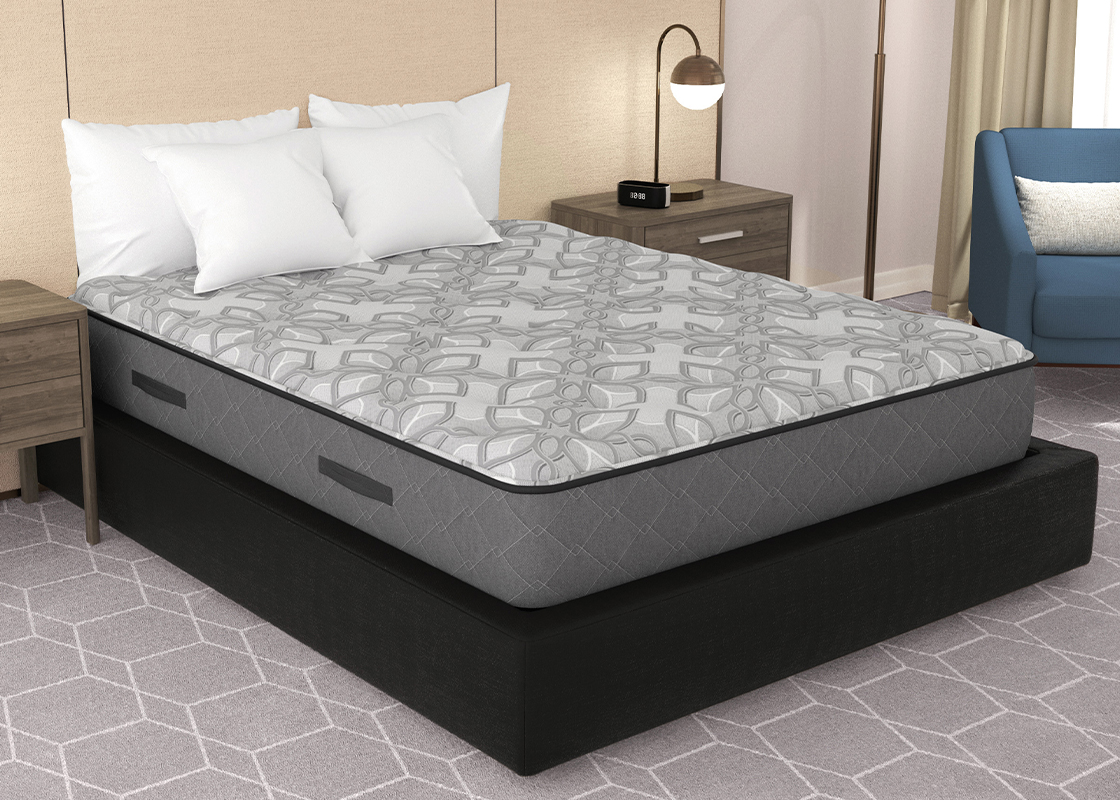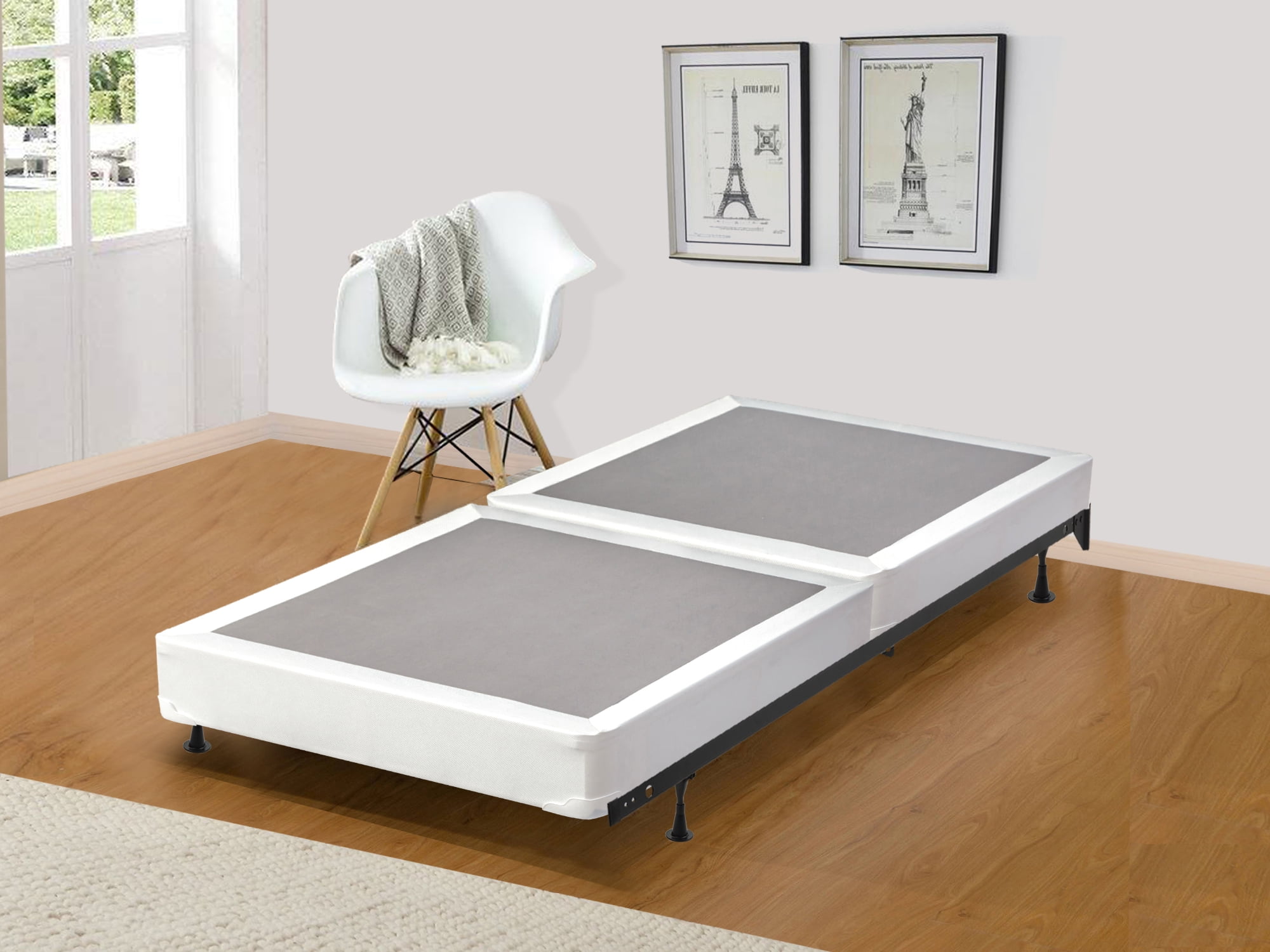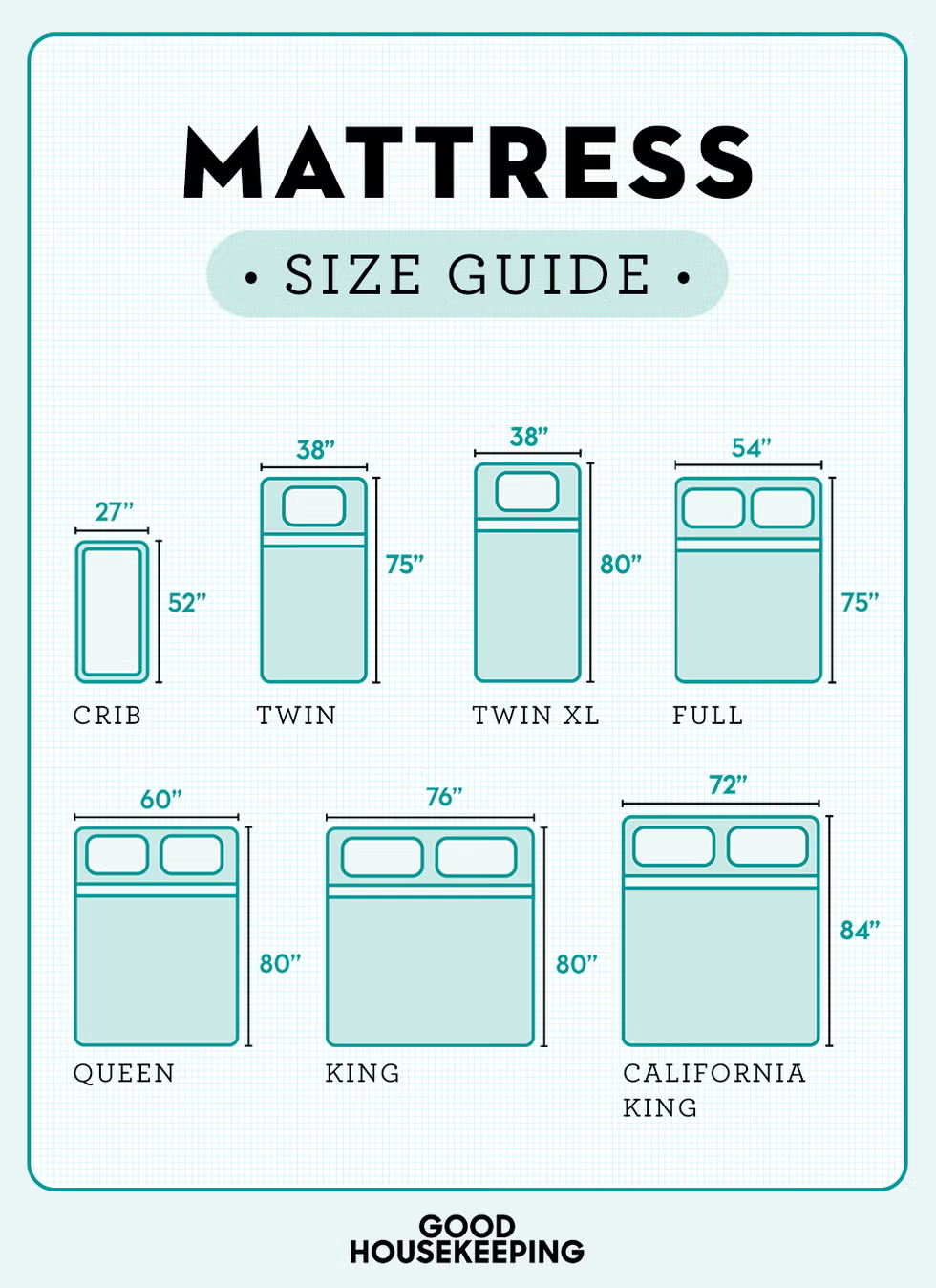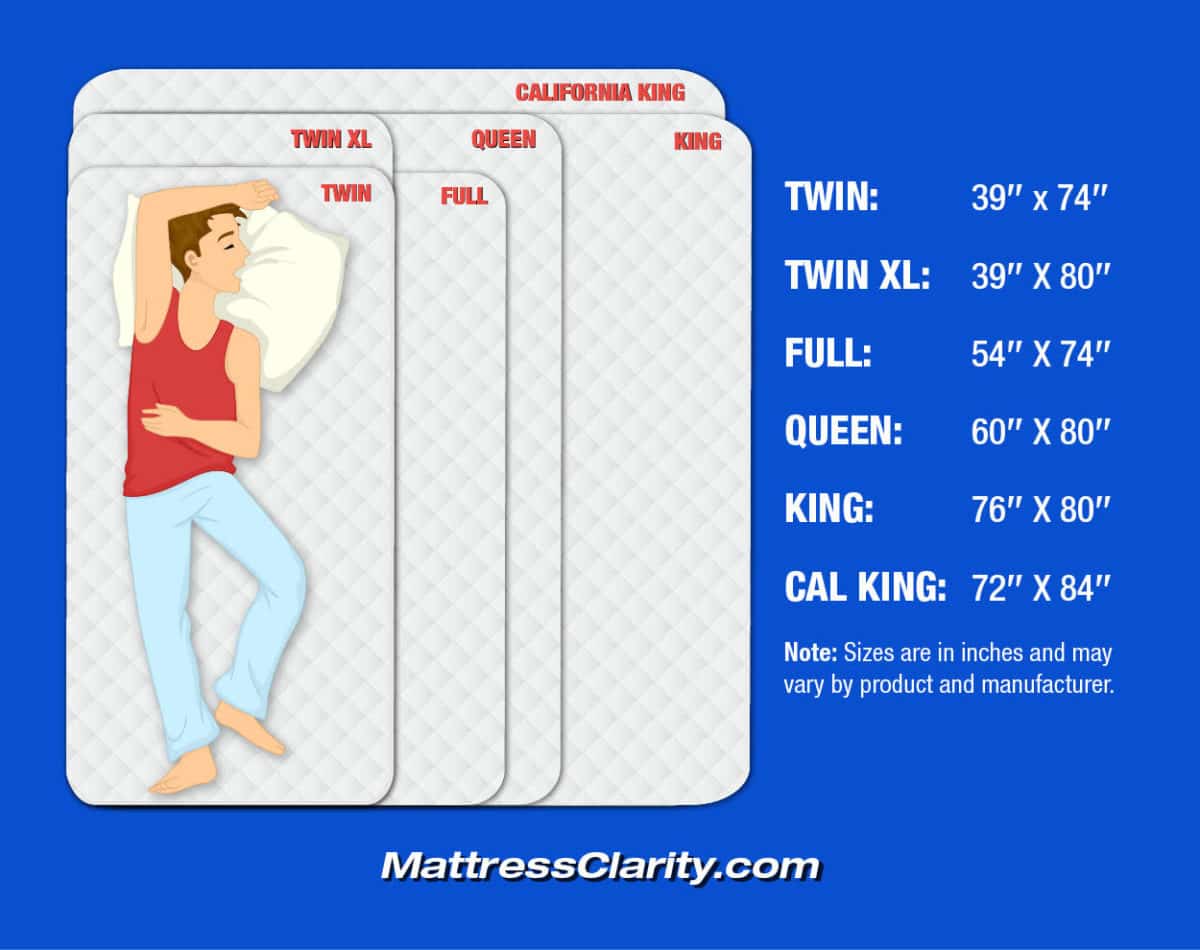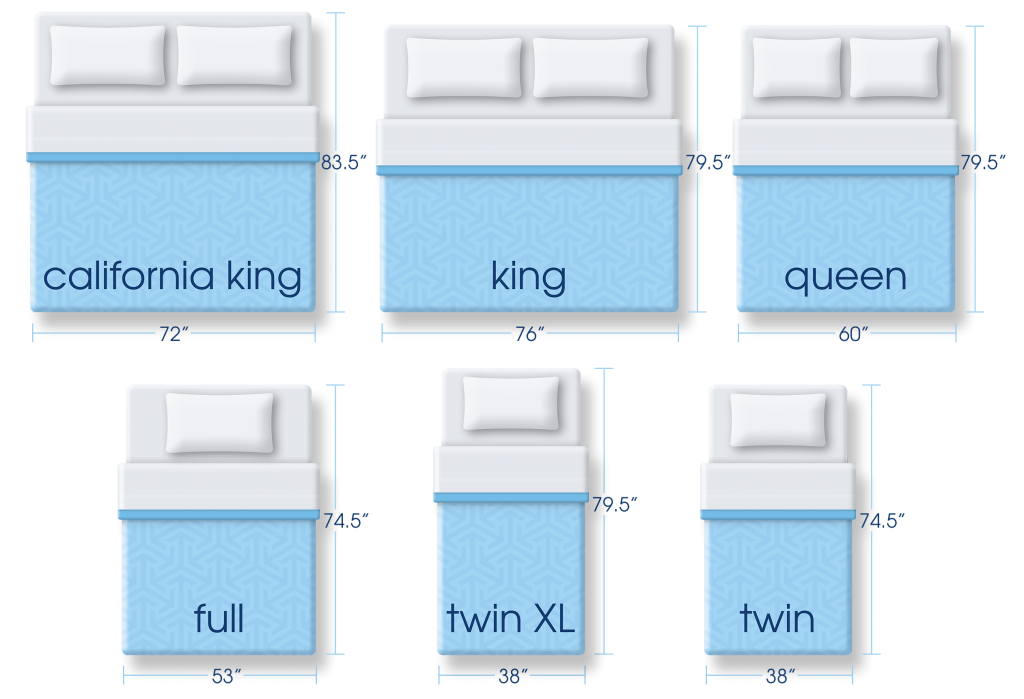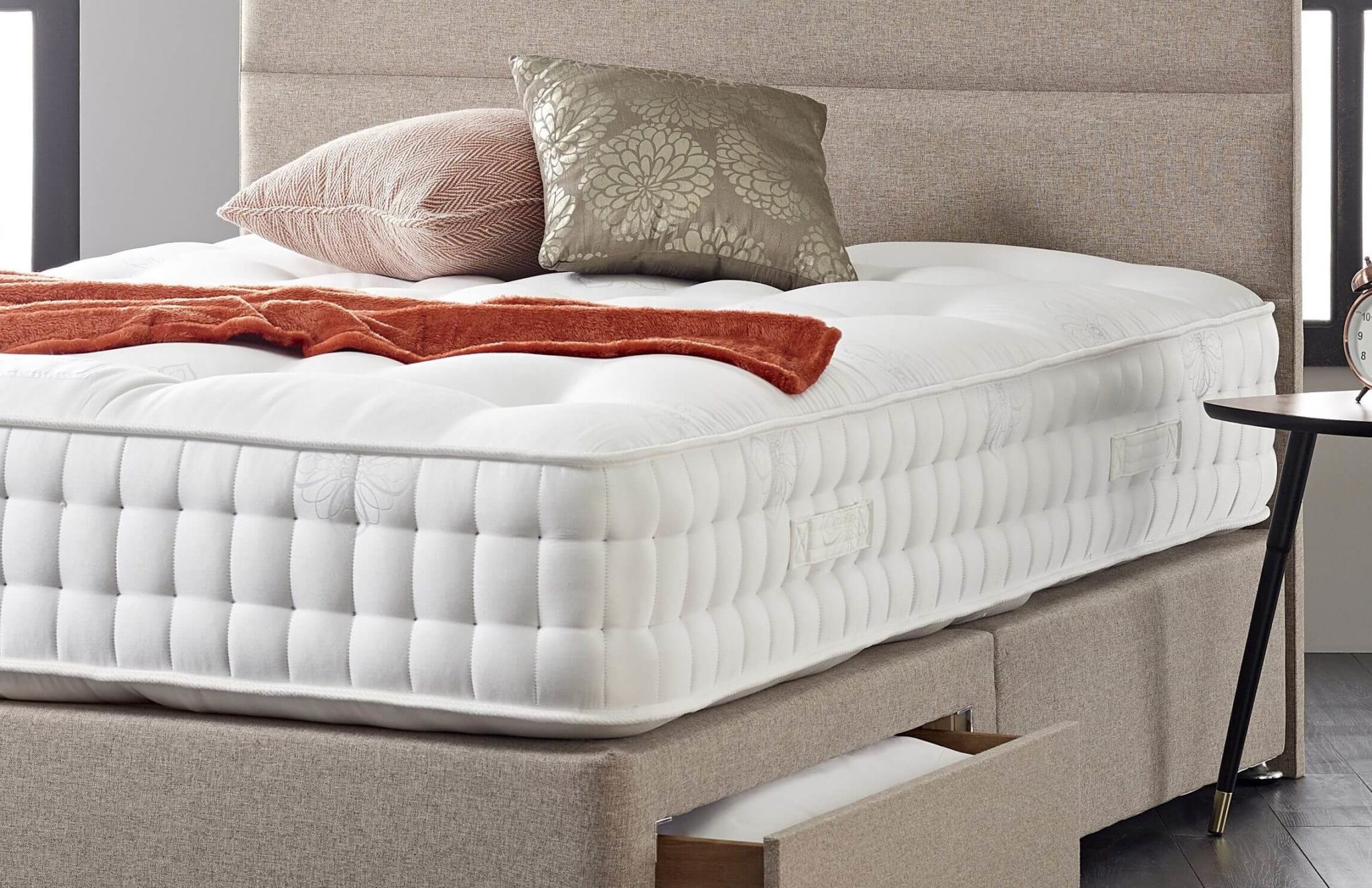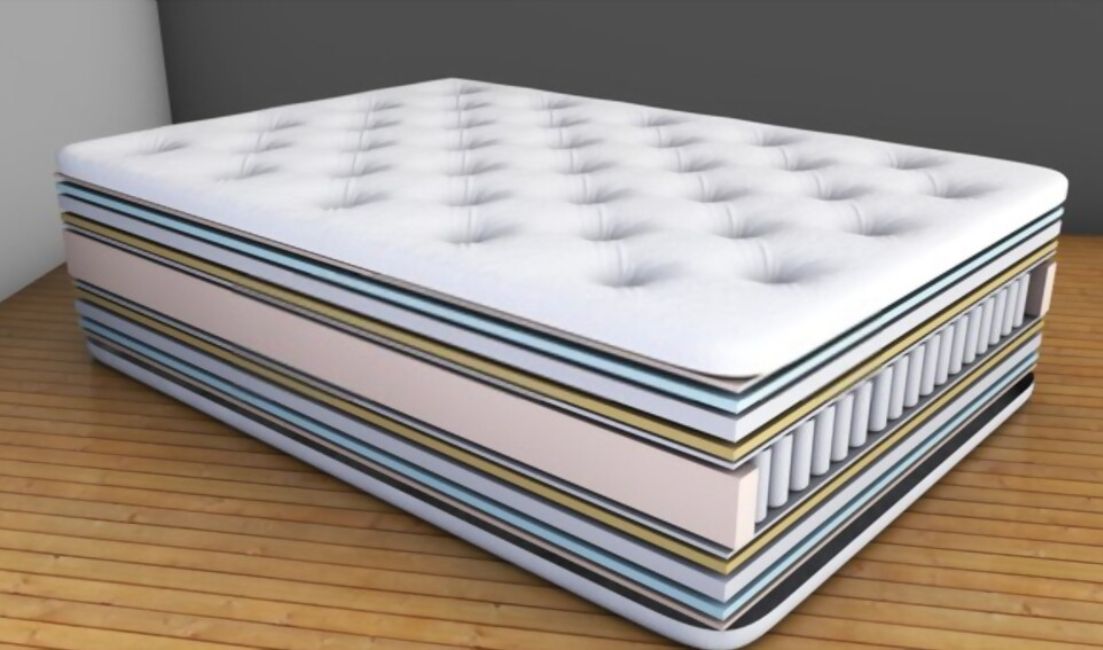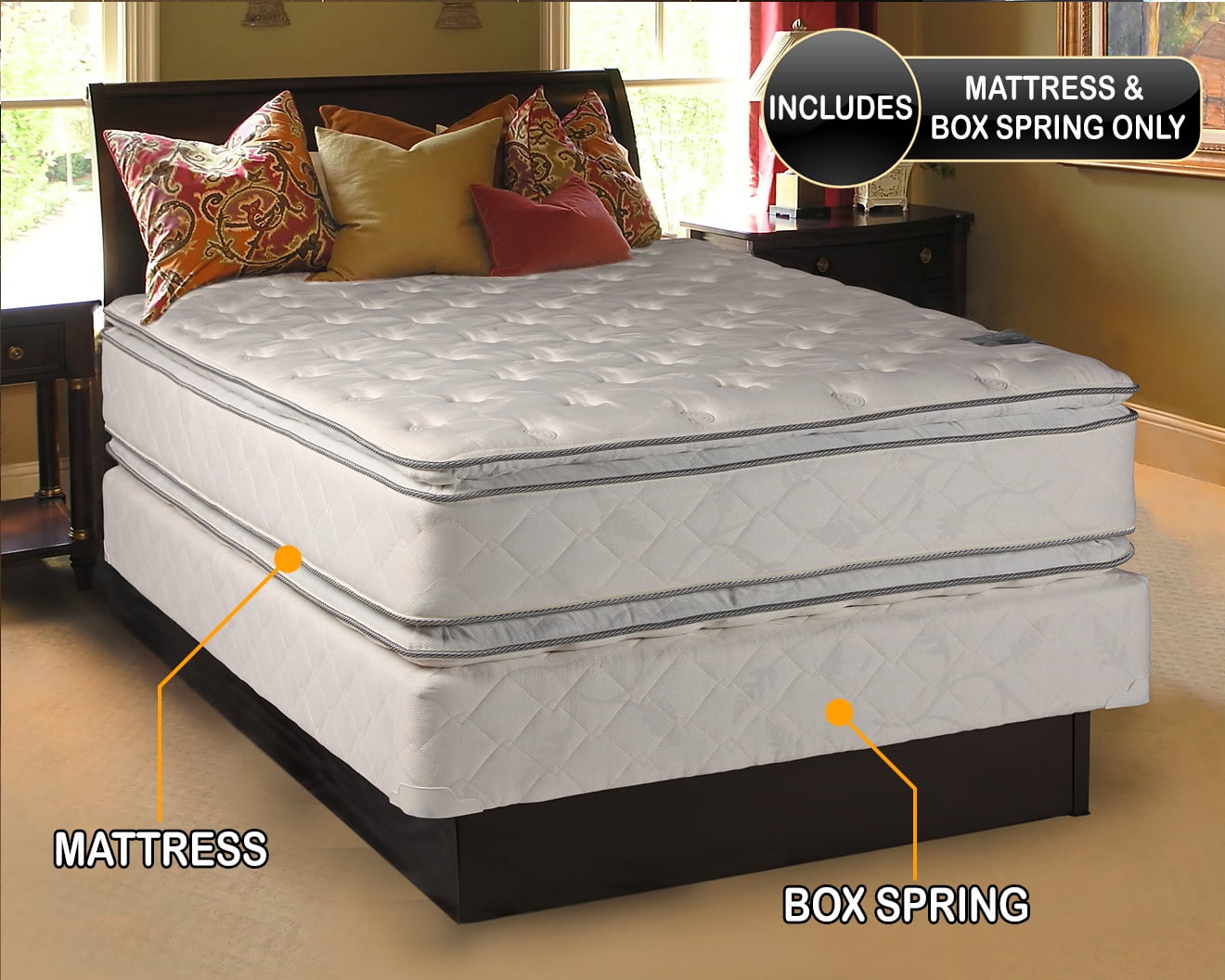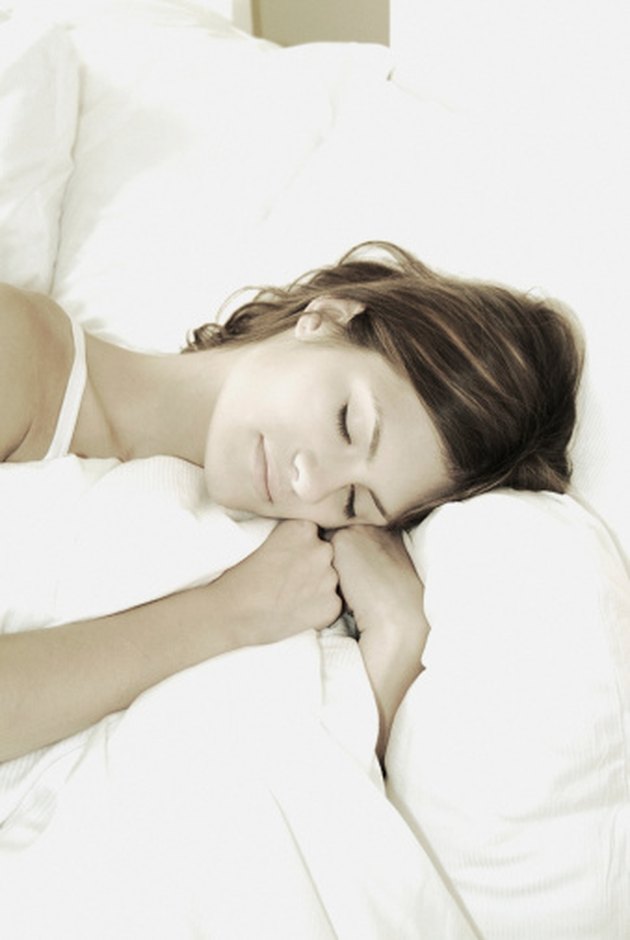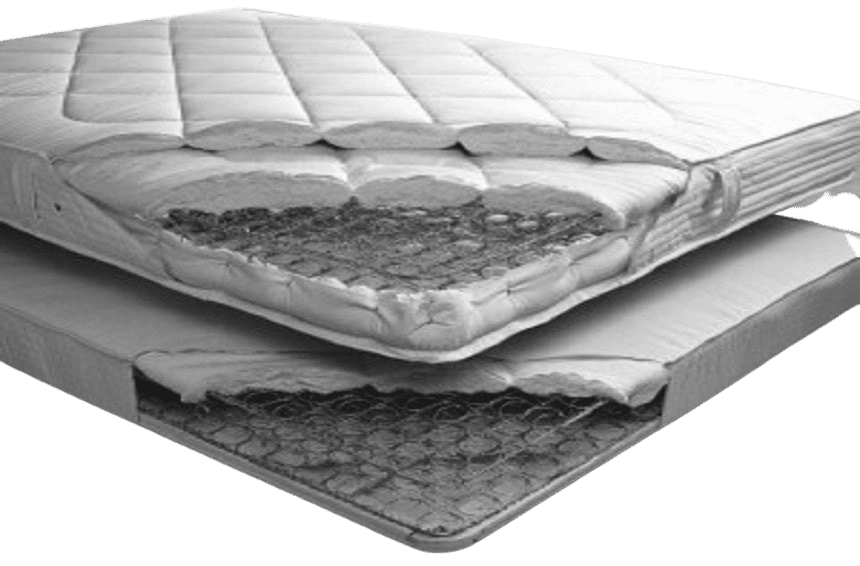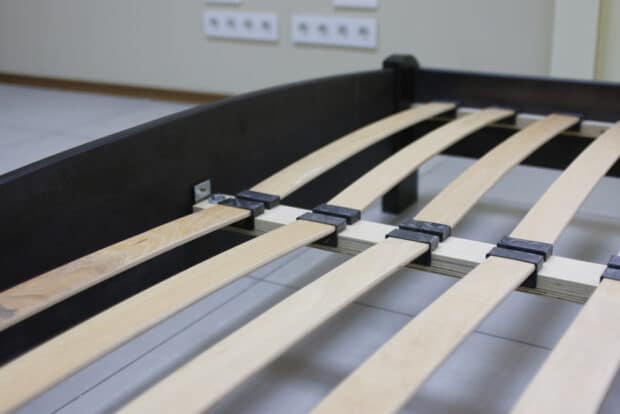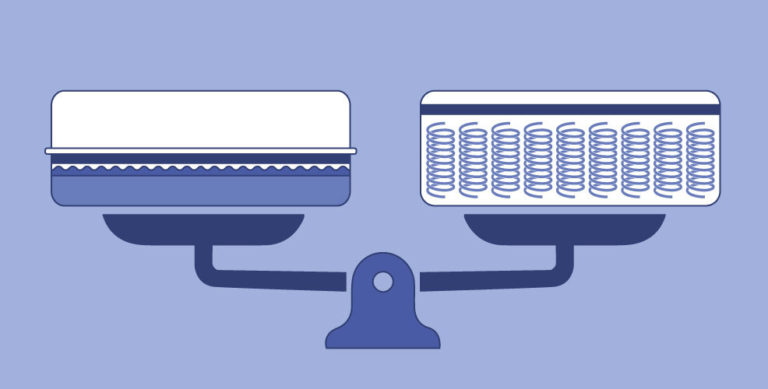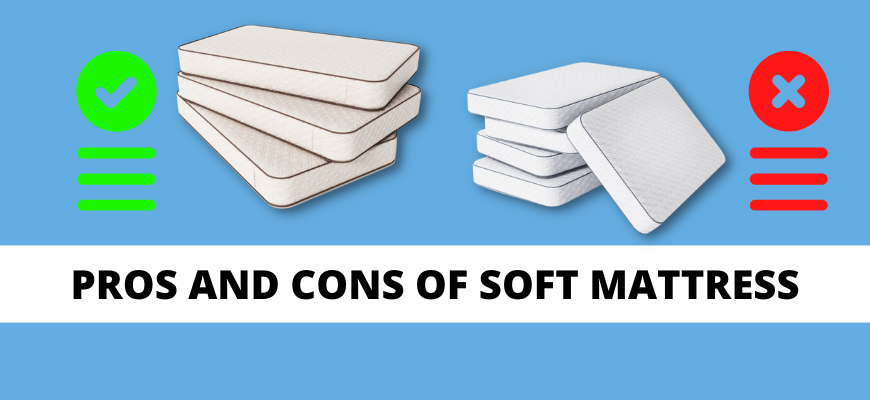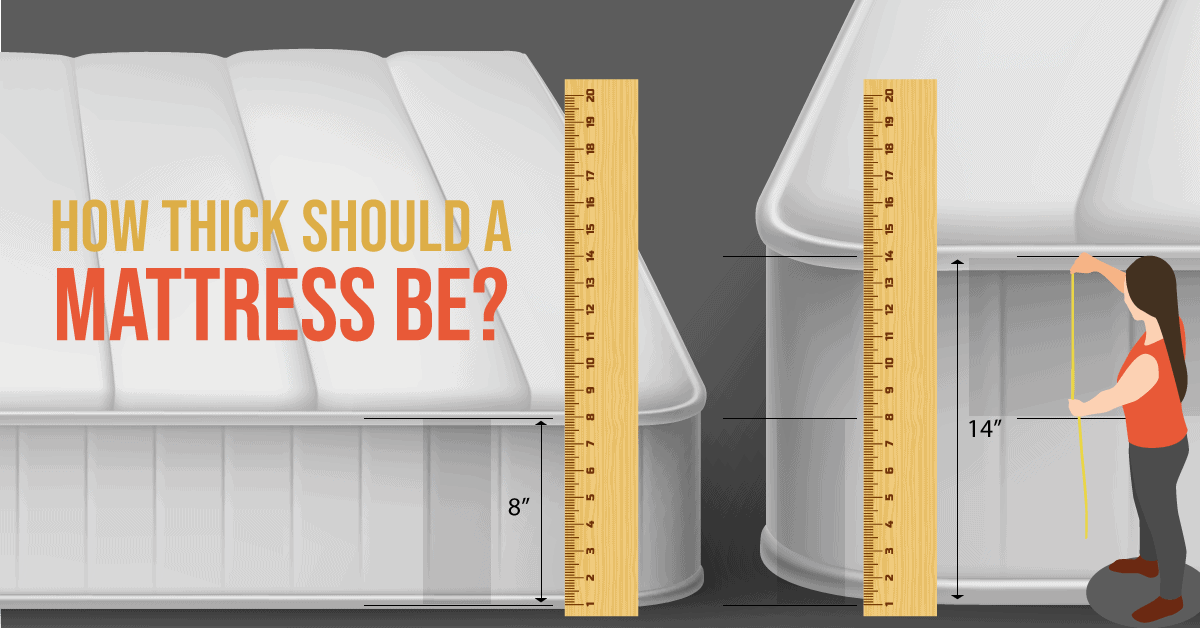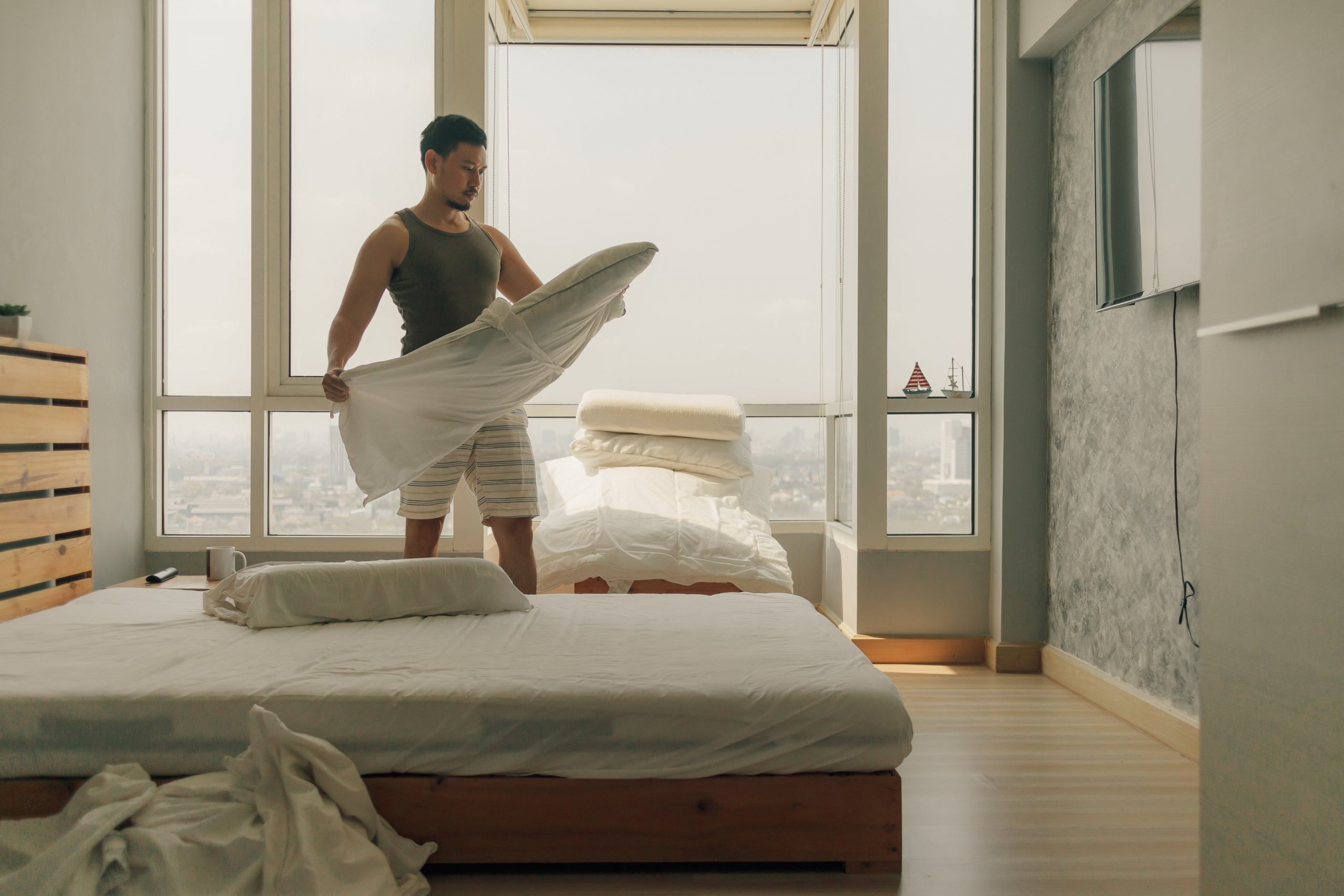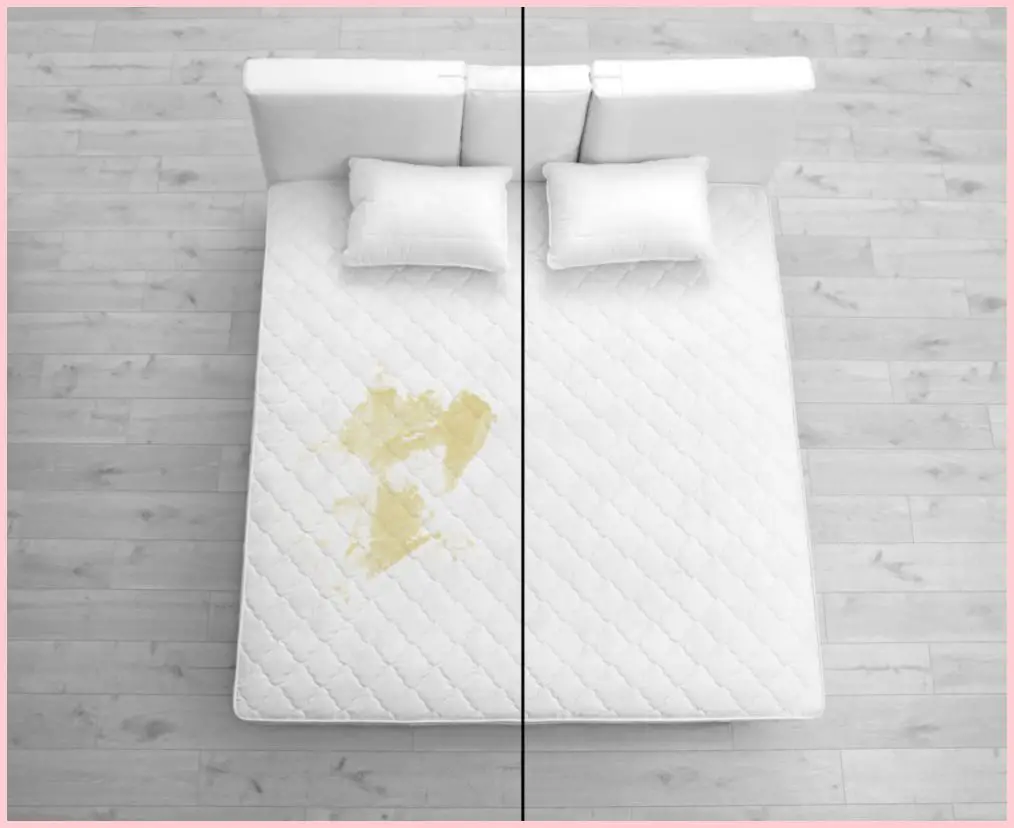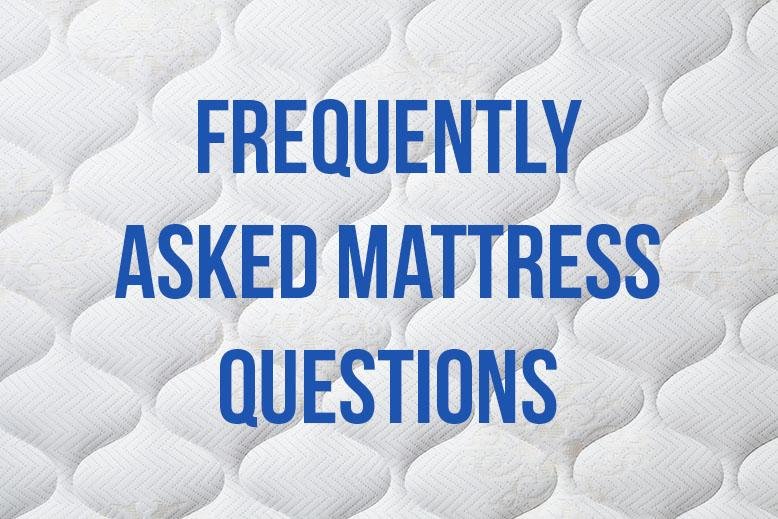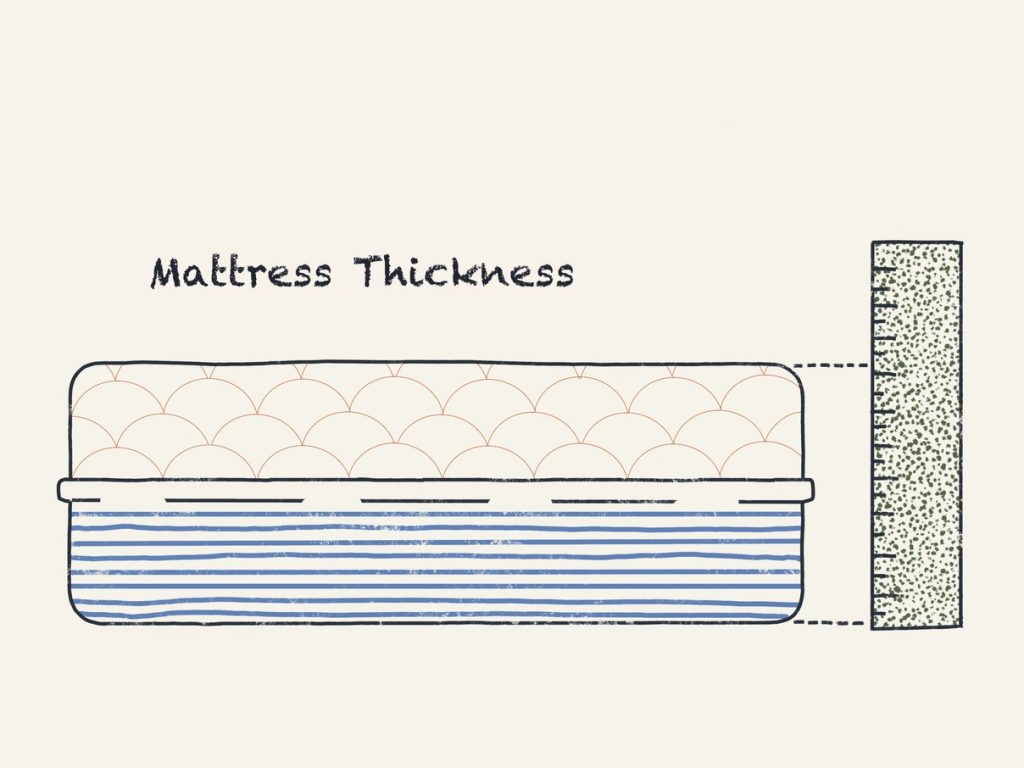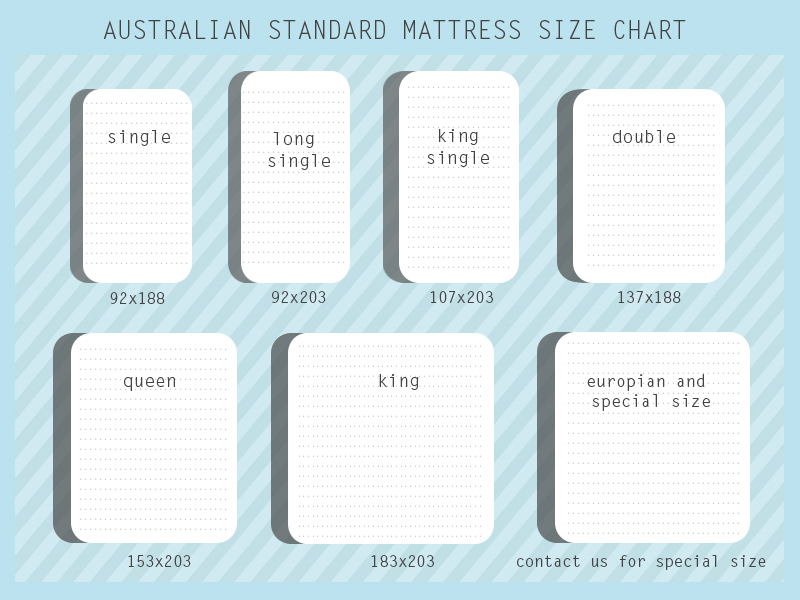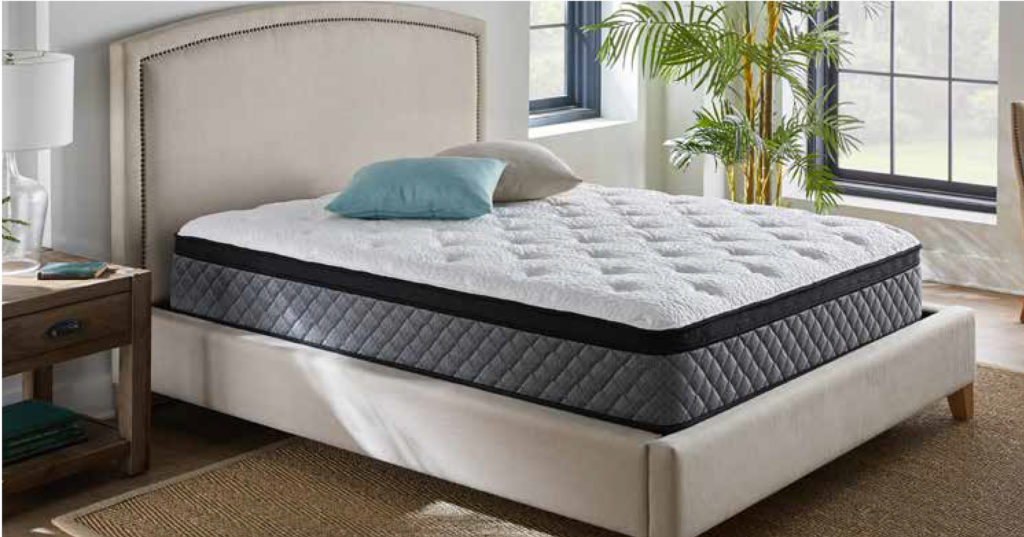What is the Standard Thickness of a Mattress and Box Spring?
When it comes to buying a new mattress and box spring, one of the most important factors to consider is the thickness. A mattress and box spring that are too thick or too thin can have a significant impact on your comfort and quality of sleep. But what is the standard thickness for a mattress and box spring? In this article, we'll dive into everything you need to know about the standard thickness for these essential bedroom items.
Understanding Mattress and Box Spring Thickness
The thickness of a mattress and box spring refers to the height of the mattress and the depth of the box spring. Typically, the mattress will be thicker than the box spring, as it is the main component responsible for providing support and comfort. The thickness of these items can vary greatly depending on the type of mattress and box spring, as well as the size of the bed.
Choosing the Right Thickness for Your Mattress and Box Spring
When it comes to picking the perfect mattress and box spring thickness, there is no one-size-fits-all solution. It ultimately comes down to personal preference and what feels comfortable for you. However, there are a few things to consider when choosing the right thickness for your mattress and box spring.
If you prefer a firmer sleeping surface, a thinner mattress and box spring may be the way to go. On the other hand, if you like a softer, more cushioned feel, a thicker mattress and box spring could be more suitable.
Your body weight and sleeping position can also play a role in determining the ideal thickness. For example, those who are heavier may benefit from a thicker mattress and box spring to provide proper support, while those who are lighter may find a thinner option more comfortable.
Standard Mattress and Box Spring Thickness for Different Bed Sizes
The standard thickness of a mattress and box spring can vary depending on the size of the bed. Here is a breakdown of the typical thickness for each bed size:
How to Measure the Thickness of a Mattress and Box Spring
If you're unsure of the thickness of your current mattress and box spring, you can easily measure it yourself. For the mattress, simply measure from the top edge to the bottom edge, including any padding or cushioning. For the box spring, measure from the top of the frame to the bottom of the box spring. Make sure to measure in a few different spots to get an accurate average thickness.
Factors That Affect Mattress and Box Spring Thickness
There are several factors that can affect the thickness of a mattress and box spring, including:
Common Thickness Options for Mattresses and Box Springs
When shopping for a new mattress and box spring, you may come across a variety of thickness options. Here are the most common thicknesses for both items:
Pros and Cons of Different Mattress and Box Spring Thicknesses
As with any product, there are pros and cons to consider when it comes to the thickness of a mattress and box spring. Here are a few to keep in mind:
Tips for Finding the Perfect Mattress and Box Spring Thickness
If you're in the market for a new mattress and box spring, here are a few tips to help you find the perfect thickness:
Frequently Asked Questions About Mattress and Box Spring Thickness
1. What is the thickest mattress and box spring available?
The thickest mattress and box spring available can vary depending on the brand and type, but typically range from 16-18 inches in thickness.
2. Can I use a thinner mattress on a thicker box spring?
Yes, you can use a thinner mattress on a thicker box spring, but it may not provide the same level of support and comfort as a matching set.
3. Is there a standard thickness for a box spring?
No, there is no set standard thickness for a box spring. However, most box springs range from 5-9 inches in thickness.
The Importance of Choosing the Right Mattress and Box Spring Thickness for Your Bedroom
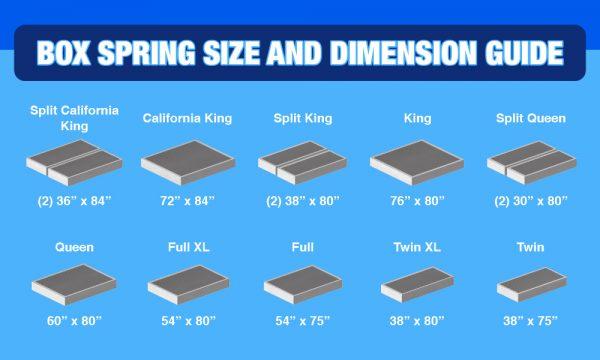
Factors to Consider
Body Type
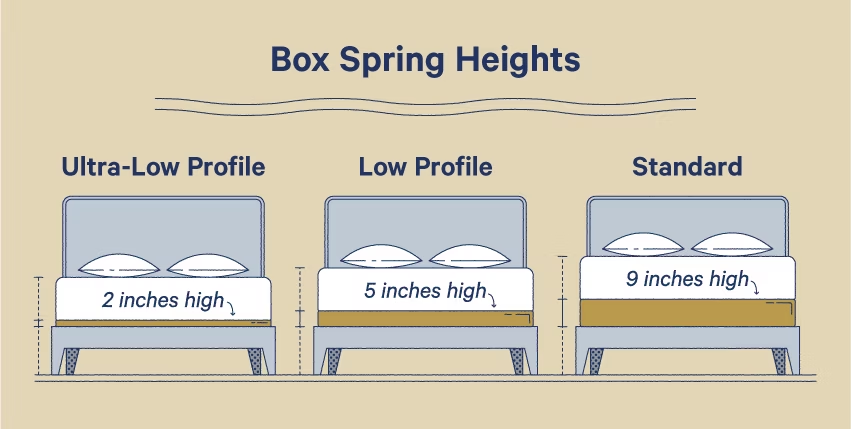 One of the primary considerations when choosing the
thickness of your mattress and box spring
is your body type. A person who is heavier will typically require a thicker mattress and box spring to provide adequate support. On the other hand, someone who is lighter may find a thinner mattress and box spring to be more comfortable. It's essential to take into account your weight to ensure that your mattress and box spring can properly support your body while you sleep.
One of the primary considerations when choosing the
thickness of your mattress and box spring
is your body type. A person who is heavier will typically require a thicker mattress and box spring to provide adequate support. On the other hand, someone who is lighter may find a thinner mattress and box spring to be more comfortable. It's essential to take into account your weight to ensure that your mattress and box spring can properly support your body while you sleep.
Sleeping Position
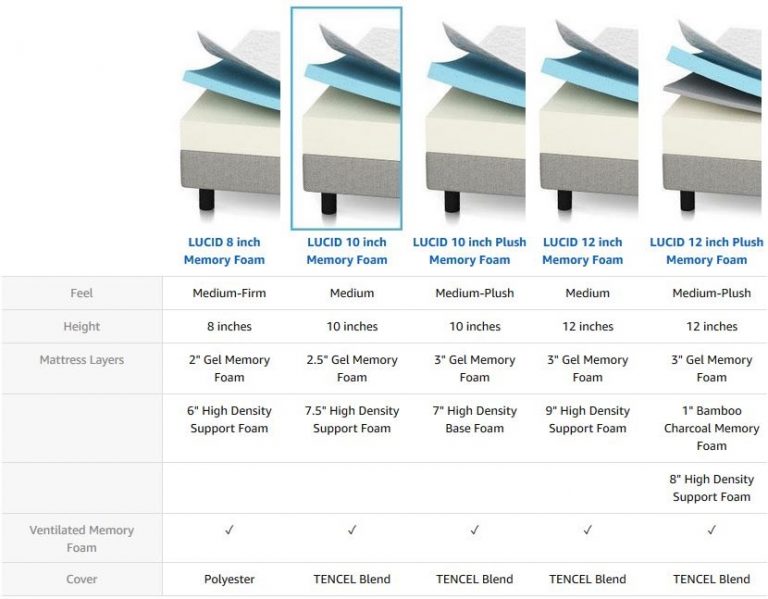 Another crucial factor to consider is your sleeping position.
Mattress and box spring thickness
can greatly impact your spine's alignment while sleeping, which can have long-term effects on your overall health. For example, a side sleeper may require a thicker mattress and box spring to support their hips and shoulders, while a back sleeper may benefit from a thinner option.
Another crucial factor to consider is your sleeping position.
Mattress and box spring thickness
can greatly impact your spine's alignment while sleeping, which can have long-term effects on your overall health. For example, a side sleeper may require a thicker mattress and box spring to support their hips and shoulders, while a back sleeper may benefit from a thinner option.
Personal Preferences
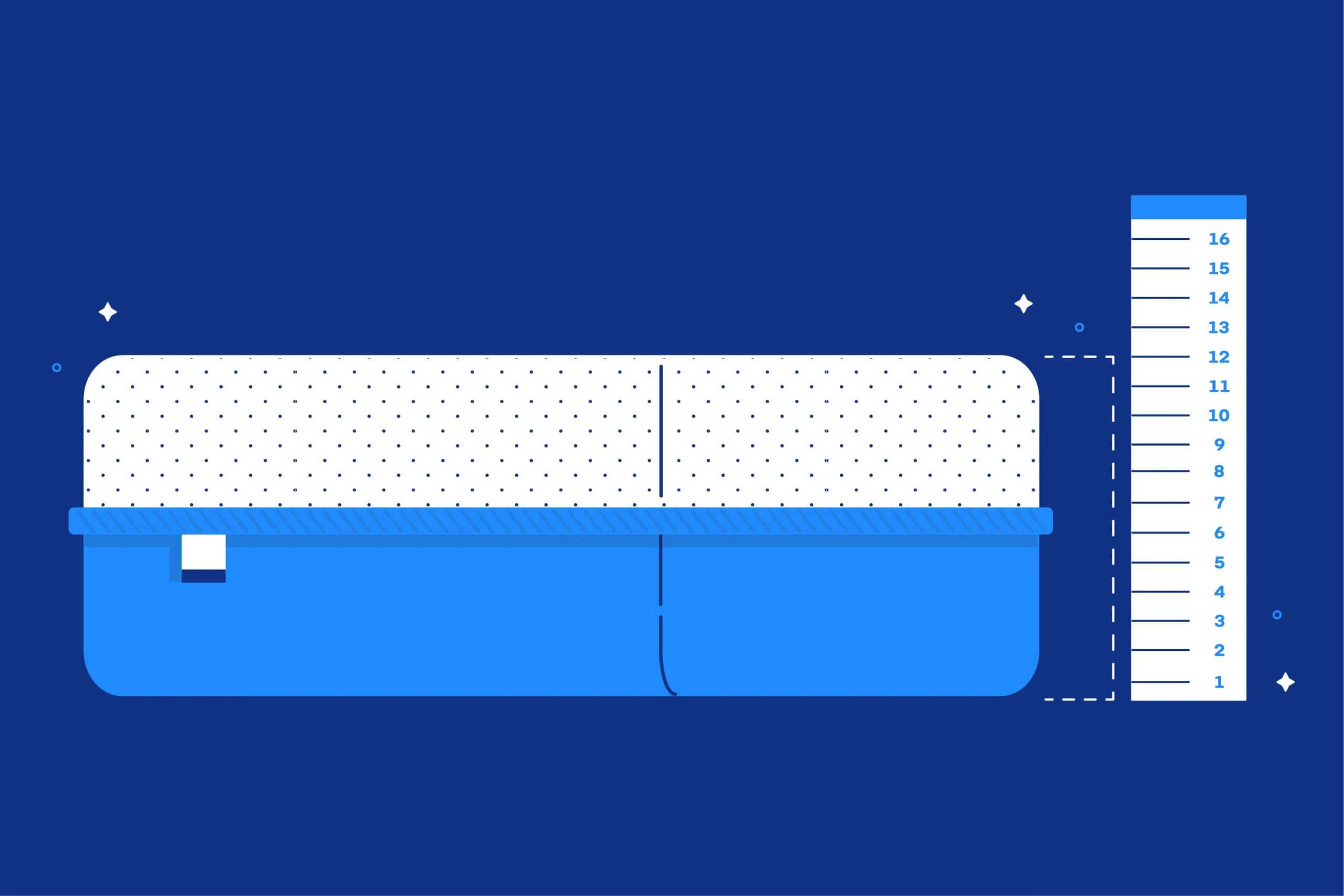 Lastly, your personal preferences should also play a role in determining the
thickness of your mattress and box spring
. Some people prefer a firmer or softer sleeping surface, which can be achieved by choosing a specific thickness for their mattress and box spring. Additionally, some individuals may have certain health conditions that require a particular level of support, making the thickness of their mattress and box spring even more critical.
In conclusion,
choosing the right mattress and box spring thickness
is essential for creating a comfortable and supportive bedroom environment. By considering factors such as body type, sleeping position, and personal preferences, you can determine the ideal thickness for your specific needs. Remember to also invest in high-quality mattresses and box springs to ensure long-lasting comfort and support.
Lastly, your personal preferences should also play a role in determining the
thickness of your mattress and box spring
. Some people prefer a firmer or softer sleeping surface, which can be achieved by choosing a specific thickness for their mattress and box spring. Additionally, some individuals may have certain health conditions that require a particular level of support, making the thickness of their mattress and box spring even more critical.
In conclusion,
choosing the right mattress and box spring thickness
is essential for creating a comfortable and supportive bedroom environment. By considering factors such as body type, sleeping position, and personal preferences, you can determine the ideal thickness for your specific needs. Remember to also invest in high-quality mattresses and box springs to ensure long-lasting comfort and support.




